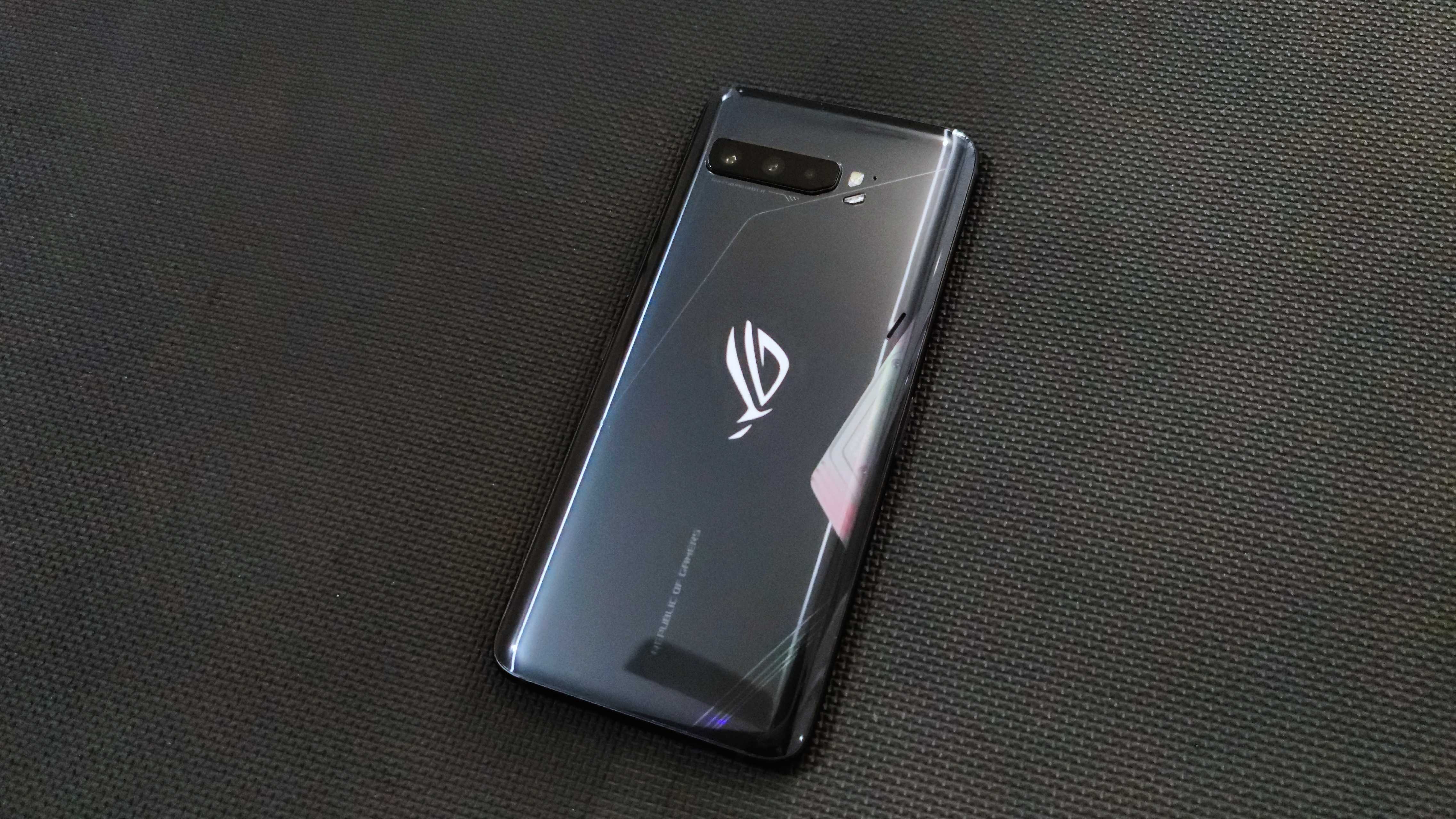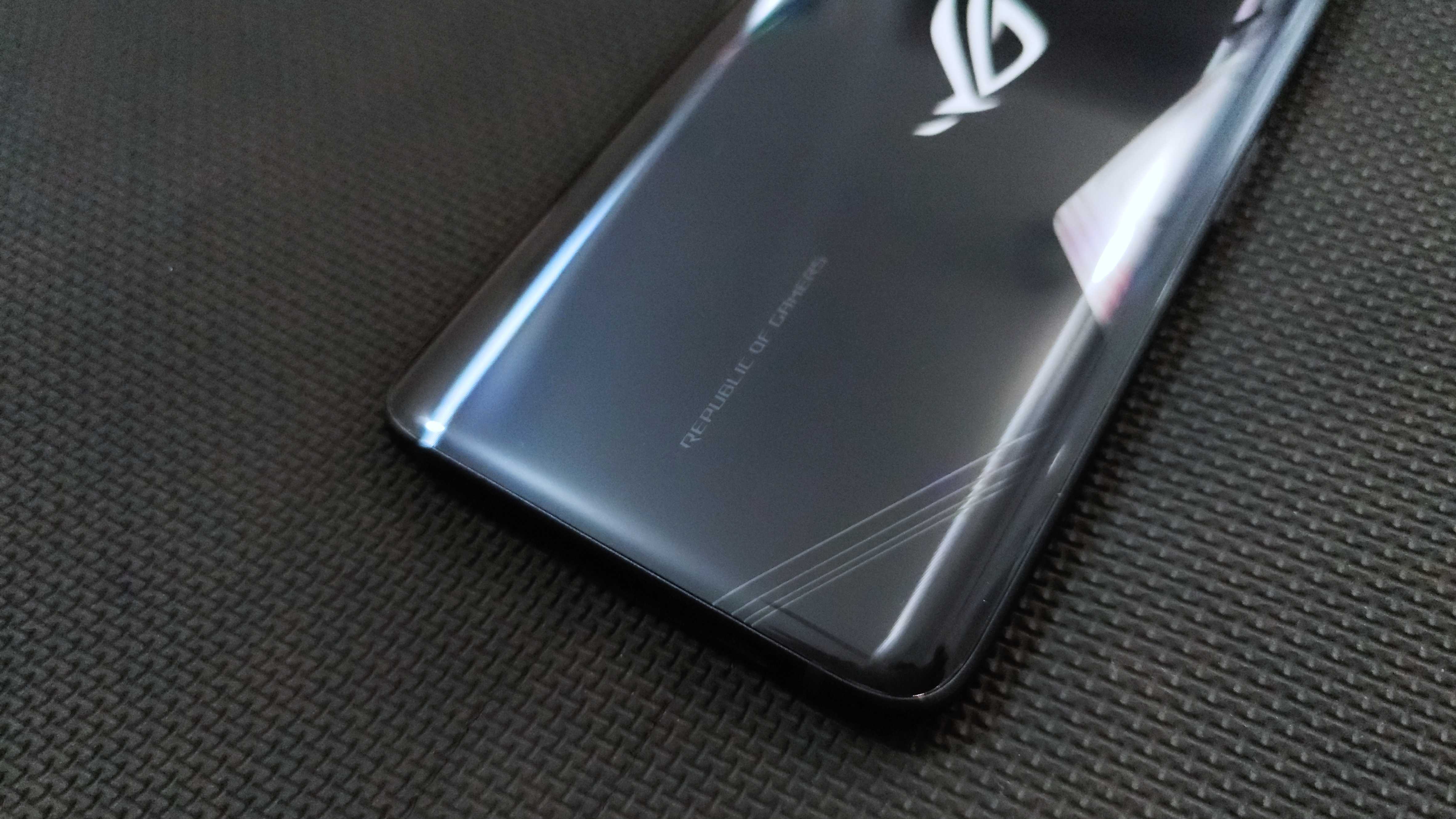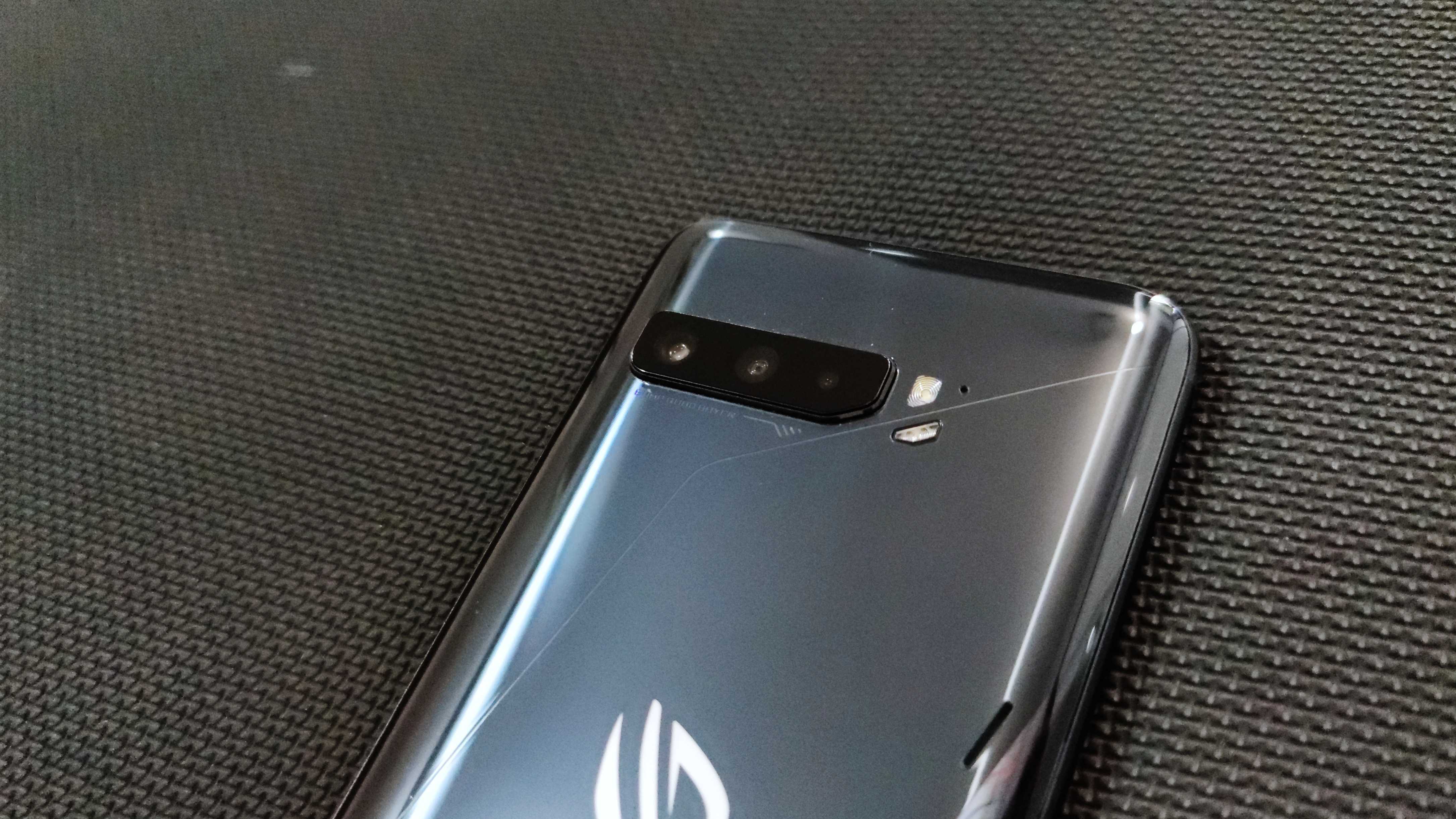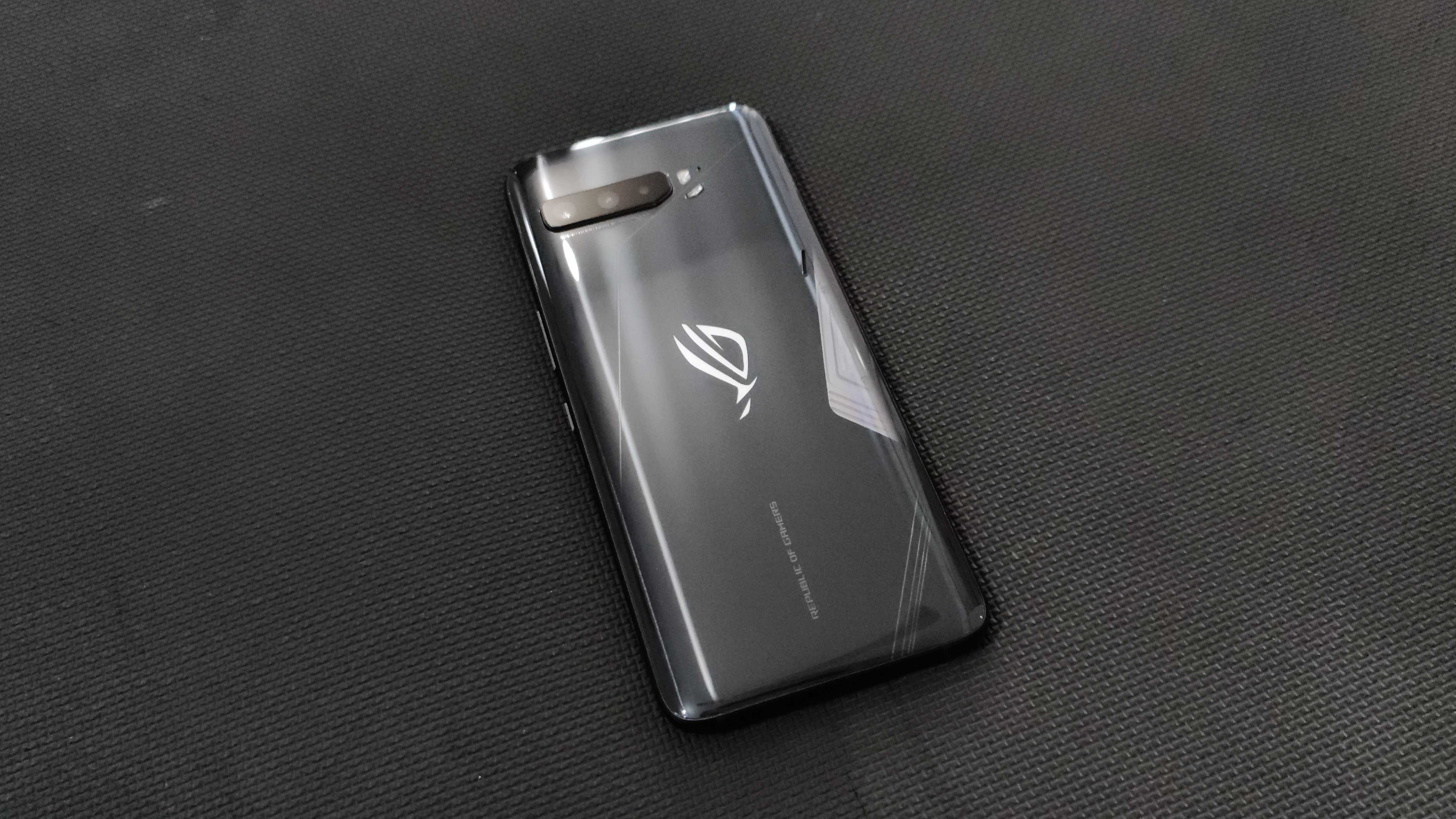Asus ROG Phone 3 vs ROG Phone 2: what’s new in the latest gaming flagship?
Rising on greatness

Asus is one of the most prominent smartphone makers which continues to have a series dedicated for gaming flagships. The ROG Phone 3 is the latest addition to the family, and it has some major improvements over the last-gen phone.
The Asus ROG Phone 3 builds upon the well-received ROG Phone 2 from last year and it retains the iconic design with big and bold accents, powerful hardware and the bells and whistles to go along, while taking everything up by a notch.
Want to know which phone is best for you? We've pitted the two devices against each other to give you the clearest picture possible.
ROG Phone 3 vs ROG Phone 2 price and availability
| Variant | Price in India | Global pricing |
|---|---|---|
| 8 + 128 | Rs 49,999 | - |
| 8 + 256 (SD 865) | - | €799 |
| 12 + 256 | Rs 57,999 | - |
| 12 + 512 | - | €999 |
| 16 + 512 | - | €1,099 |
In India, the Asus ROG Phone 3 starts at Rs 49,999 for the base variant with 8GB of RAM and 128GB of storage and goes up to Rs 57,999 for the 12GB + 256GB variant.
In other markets, the ROG Phone 3 starts at €999 for the 12GB + 512GB variant and goes up to €1,099 for the top 16GB + 512GB variant. There's also a special Strix edition that starts at €799 for 8GB + 256GB but opts for the Snapdragon 865 instead.
ROG Phone 3 vs ROG Phone 2 design

The ROG Phone 2 had a very bold design, bringing a grey glass back with a load of red accents and air vents. This time around, things have been toned down a bit by reducing the colorfulness all around.
The red and copper accents are now gone in favor of a muted grey design. Even the big vent is now replaced by a see-through glass which shows the cooling grill underneath. The RGB ROG logo sits in the centre, below the new triple-camera array.
Sign up for breaking news, reviews, opinion, top tech deals, and more.
Things don’t change by much on the front though. There’s a big display flanked by sizeable bezels which house the dual front-firing stereo speakers. The headphone jack is now gone, so you’ll have to resort to the included dongle for your 3.5mm earphones. Thankfully, the entire package doesn’t get any heavier and continues to tip the scales at 240 grams.
Gamers will appreciate the bigger shoulder buttons on the ROG Phone 3. The ultrasonic capacitive Air Triggers can even be split into two to act as four shoulder buttons in total. Along with taps, they also support swipes and long presses for additional input options.
ROG Phone 3 vs ROG Phone 2 display

Asus has pushed the display specifications each year with the ROG Phone. While the display dimensions don’t change, the refresh rate is bumped up to 144Hz with a 1ms response time.
On the ROG Phone 3, we’re looking at a 6.59-inch AMOLED panel with a resolution of 2340 x 1080, with HDR10+ certification and an average Delta E <1. The touch latency has been brought down to 25ms for taps and 18ms for slides, which was at 49ms on the ROG Phone 2.
There’s also a Goodix in-display fingerprint scanner. The display is protected by Gorilla Glass 6. These specifications make the ROG Phone 3 the first in many countries to touch a refresh rate of 144Hz.
ROG Phone 3 vs ROG Phone 2 performance

Last year, Asus opted for a Qualcomm Snapdragon 855 Plus on the ROG Phone 2, which had a peak clock speed of 2.96GHz. With the ROG Phone 3, the performance should once again take a big step forward with the new Snapdragon 865 Plus.
It is the first time the 3GHz threshold is crossed on a smartphone and is supposed to give about a 10% improvement in raw processing and graphics over its predecessor.
It is assisted by up to 16GB of LPDDR5 RAM and up to 512GB of UFS 3.1 storage to ensure that no component acts as a bottleneck for operations or gaming. To keep thermal throttling at bay, Asus has added a “GameCool 3” system which involves a multi-layer cooling structure consisting of a large graphite film, followed by a vapor chamber and a copper heat sink.
The Aero Active Cooler attachment also gets a major facelift. It attaches to the secondary USB port on the side and acts as a circulator with 40% higher rpm than the last one. It also adds a headphone jack and a kickstand.
ROG Phone 3 vs ROG Phone 2 camera

Cameras haven’t been the strongest point of the ROG series. The ROG Phone 2 had a simple dual-camera setup with a 48MP primary shooter and a 13MP ultra-wide lens.
The ROG Phone 3 moves to a triple camera system with a 64MP f/1.8 primary cameras (Sony IMX686), followed by a 13MP ultra-wide shooter and a 5MP macro lens. Selfies are handled by a 24MP camera, that also employs pixel binning.
New shooting modes include video recording at 8K resolution at 30fps, 4K at 60fps, HDR, pro photo and video, HyperSteady, timelapse and directional audio recording.
ROG Phone 3 vs ROG Phone 2 battery life

The battery capacity of the Asus ROG Phone 3 is the same at 6,000mAh, but it brings a lot of improvements for battery health. Firstly, the 30W HyperCharger will be included in the box this time around.
Moreover, it will also support Qualcomm’s Quick Charge 4.0 via a second IC on the phone. Within the Power Master app on the phone, the charging speed can be regulated to ensure battery longevity. Charging can also be scheduled or limited to a certain capacity to ensure long-term well-being.
Takeaway
The Asus ROG Phone 3 build upon the already great ROG Phone 2 with meaningful improvements in many aspects. As with most flagships in 2020, it does go higher up the price ladder, but makes a fine case for itself for its target user.
Asus is not the only one vying for a piece of the growing eSports and smartphone gaming space. In the same week, we have the Lenovo Legion Phone Duel and the Nubia Red Magic 5S announcements, but their availability out of China is questionable. All of them sport the new Snapdragon 865 Plus and 144Hz displays.

Aakash is the engine that keeps TechRadar India running, using his experience and ideas to help consumers get to the right products via reviews, buying guides and explainers. Apart from phones, computers and cameras, he is obsessed with electric vehicles.